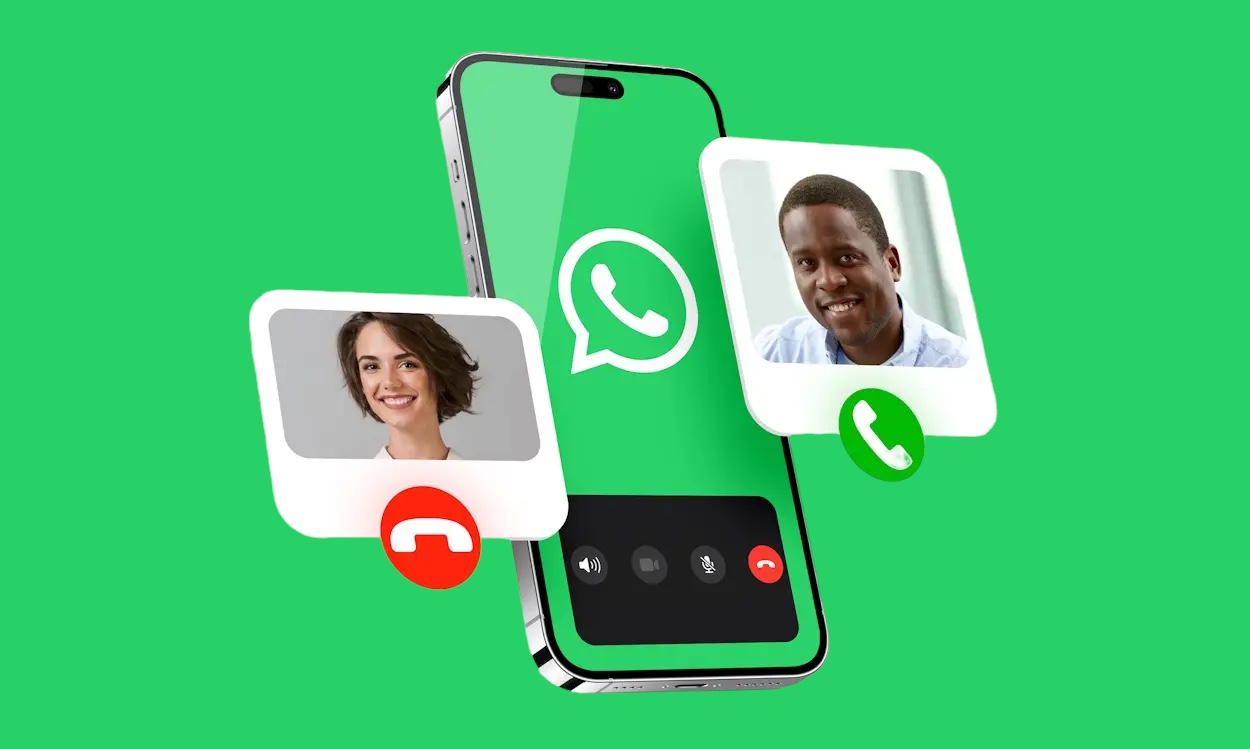OpenAI has introduced a significant upgrade to ChatGPT’s image-generation capabilities, marking a substantial advancement in the platform’s multimedia functionality. The update, announced during a recent livestream, integrates the company’s GPT-4o model to enable native image creation and modification within ChatGPT.
Previously, GPT-4o was primarily utilized for text-based interactions. Now, it extends its capabilities to include the generation and editing of images and photos. This expansion allows users to interact with ChatGPT in a more visually dynamic way.
The enhanced image-generation feature is currently available to subscribers of OpenAI’s Pro plan, and will soon be accessible to Plus and free ChatGPT users, as well as developers using the company’s API service. The upgraded system, according to OpenAI, processes information with greater depth, resulting in more accurate and detailed images compared to its predecessor, DALL-E 3.
A key aspect of this upgrade is the ability to edit existing images, including those containing people. Users can transform images and modify specific details, such as foreground and background objects. This inpainting capability offers a new level of creative control within the ChatGPT environment.
OpenAI has not disclosed the specific image data used to train the new image-generation capabilities. This lack of transparency is common among generative AI developers, who often consider training data a competitive asset. However, this practice also raises concerns regarding potential intellectual property disputes.
OpenAI provides an opt-out mechanism for creators who wish to have their content removed from training datasets. The company also states that it respects directives to prevent its web-scraping bots from collecting data from specific websites.
This upgrade to ChatGPT’s image-generation feature follows Google’s introduction of experimental native image output for Gemini 2.0 Flash. Google’s release highlighted the potential risks associated with unmoderated image generation, as users were able to bypass watermarks and create images of copyrighted material. This incident serves as a reminder of the importance of implementing robust safeguards in AI image-generation technologies.
The integration of GPT-4o into ChatGPT’s image generation represents a significant step forward in the evolution of AI-powered creative tools. This development broadens the scope of ChatGPT’s applications and offers users new avenues for visual expression.





